On a torrentially rainy afternoon in March, I found myself inside a nondescript hangar in Culver City shooting portraits of Dirk Ahlborn and Bibop Gresta, founder and COO, respectively, of Hyperloop Transportation Technologies for the German business publication, Digtator Magazine. They and their company are one of two contenders in the race to create the world’s first Hyperloop, a high speed transportation system that aims to hurl passengers between major metropolitan hubs at speeds of up to 760 MPH. That’s about 8 MPH shy of the speed of sound… as I write that I can visualize the skin on my face peeling back as we reach top speeds. The reality though is that the passengers would be seated in long, pressurized, cylindrical pods that would move quite smoothly through low-pressure tubes, possibly running alongside major highways. As long as the acceleration is gradual I doubt you’d even feel like you’re moving. It reminds me of that thing you put your deposits in at a drive through bank. Slightly bigger though. As a kid that was always one of my favorite parts of running errands with my mom. I would reach across the seat and stretch out the driver side window just to drop the canister into the machine, close the door, and watch it zoom away to the teller. If this is anywhere near as fun as that I’m sold.
The competition was initiated by none other than Elon Musk, who, in 2013, with his company SpaceX, open-sourced the idea to any company willing to take up the challenge. The two major contenders are Hyperloop Transportation Technologies and Hyperloop One. While Hyperloop One has already done a public test run of its technology in the Nevada desert, HTT has been slower to unveil the goods. This is in part due to the fact that their approach has been to crowdsource the engineering of the design and technology first before building anything, with volunteers, consisting of some of the best minds at NASA, Apple, etc., donating about 10 hours a week from the comfort of their homes in exchange for shares of stock that will hopefully hold some value once the company is fully funded. Their competitor, meanwhile, went the traditional startup route, raising lots of capital and building as they go. HTT’s approach makes sense once you realize that Ahlborn, before starting HTT, founded JumpStartFund, a crowdsourcing platform for startup companies. The downside for me was the lack of actual machinery available to photograph during my visit aside from a fancy looking vacuum pump. The cylinder you see them seated in is nothing more than wood with some airplane seats, so I took the unusual (for me) step of gelling the background light to help make things look more interesting.
Nevertheless, they say they are still on track to create a test track in California’s Quay Valley later this year and later aim to open their first operating Hyperloop system in Europe, connecting Vienna, Bratislava and Budapest. It will definitely be interesting to see how these companies develop and what the differences are. I have to say the appeal of getting between major cities in a matter of minutes, and without burning fuel, is something to look forward to!
Click ‘continue reading’ to see additional images from the shoot.
David Zentz is an editorial and commercial portrait and documentary photographer based in Los Angeles, Calif. For bookings reach him at dz@davidzentz.com.
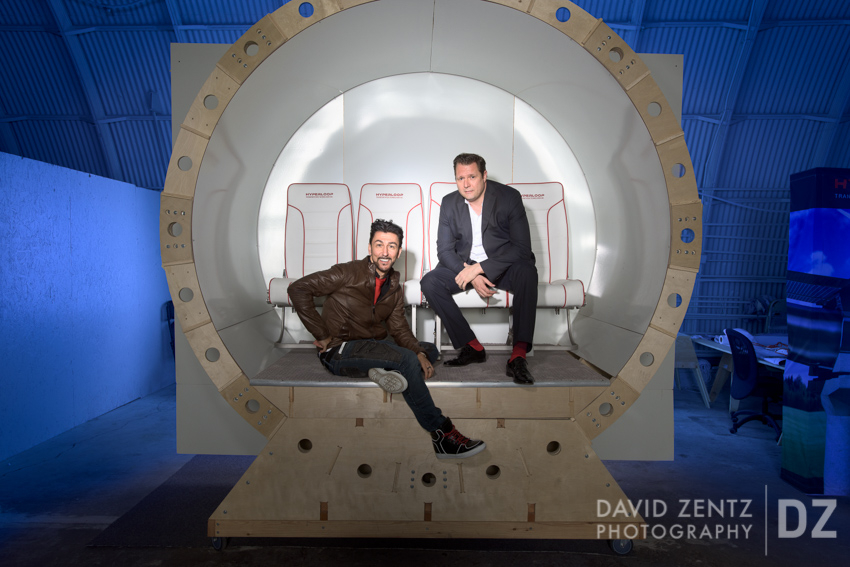
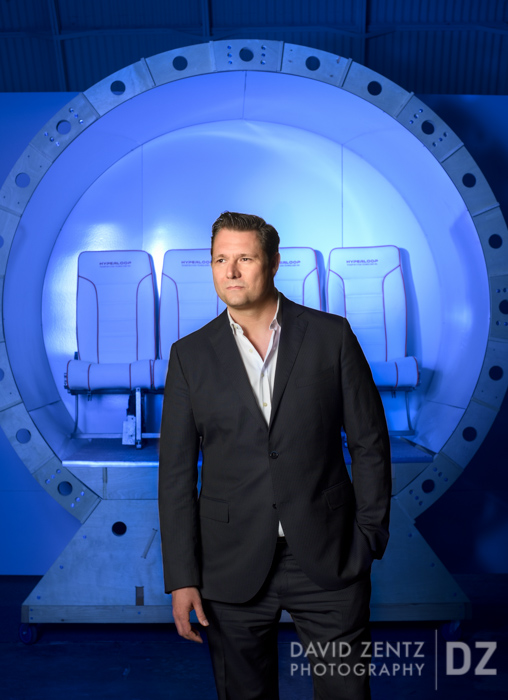
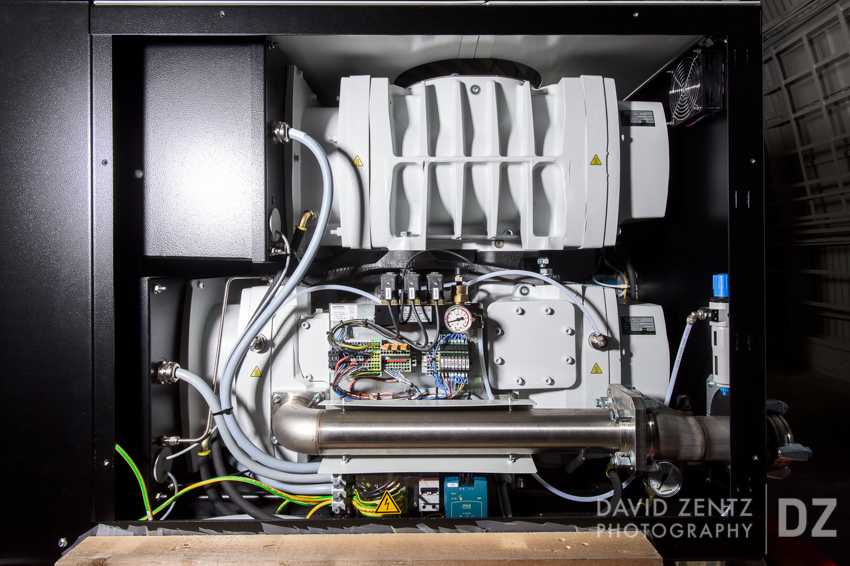
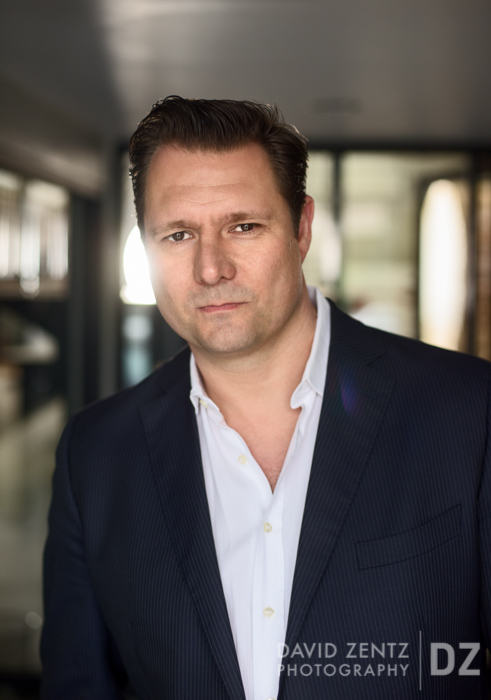
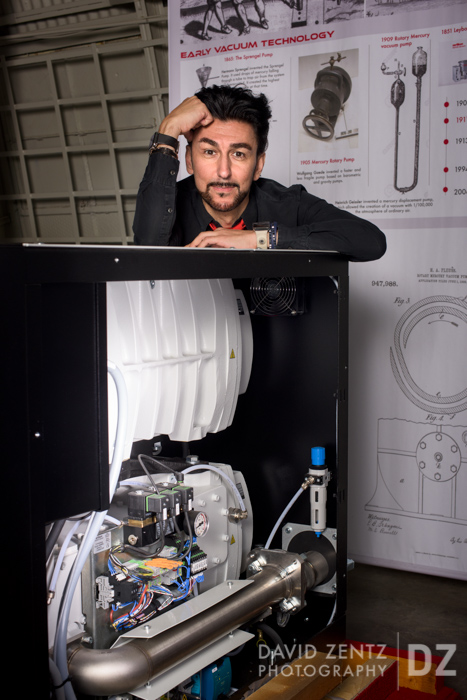
Geniuses! It’ll be way more fun than a pneumatic tube at the bank!